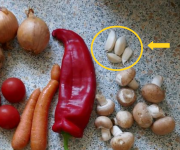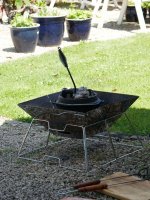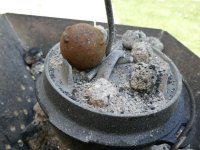Well, it's not a recipe ... but ...
take some meat, a handful of onions, some tomato and red bell pepper, Carrots, some mushrooms and some spices
like salt, pepper, rosemary or thyme - according to taste.
A little garlic and then, very importantly, Heinz.
Fry, steam and cook everything in succession - and after a good two hours it's ready.
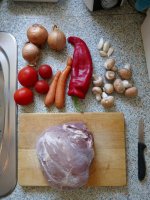 .
. 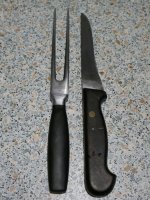
warming up Dutch Oven
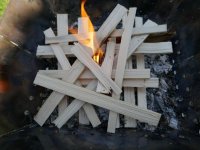 .
. 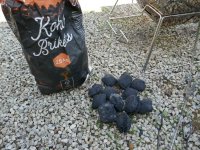 .
. 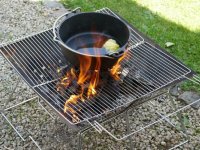
brown the meat well
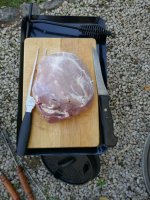 .
. 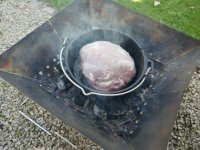 .
. 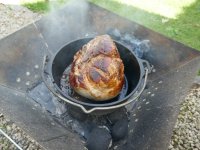
and then first add the onions - after they have browned a little, then the tomatoes - Garlic can also be added
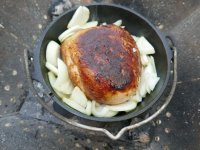 .
. 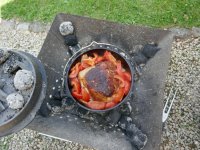
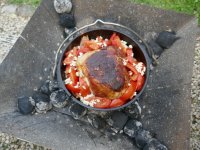
after about half an hour, add the carrots and peppers - Then the spices
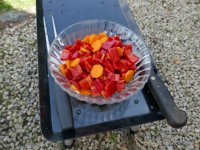 .
. 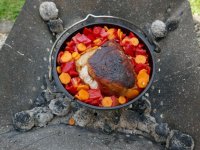 .
. 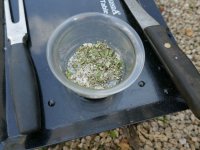
HEINZ as you like
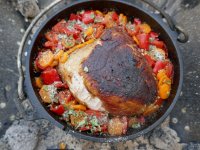 .
. 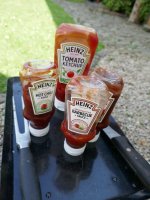 .
. 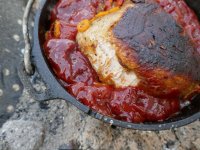
the mushrooms are added at the very end
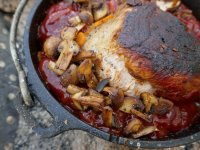 .
. 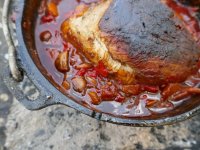
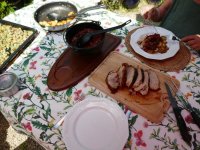

regards
Michael
take some meat, a handful of onions, some tomato and red bell pepper, Carrots, some mushrooms and some spices
like salt, pepper, rosemary or thyme - according to taste.
A little garlic and then, very importantly, Heinz.
Fry, steam and cook everything in succession - and after a good two hours it's ready.
 .
. 
warming up Dutch Oven
 .
.  .
. 
brown the meat well
 .
.  .
. 
and then first add the onions - after they have browned a little, then the tomatoes - Garlic can also be added
 .
. 

after about half an hour, add the carrots and peppers - Then the spices
 .
.  .
. 
HEINZ as you like
 .
.  .
. 
the mushrooms are added at the very end
 .
. 


regards
Michael
Last edited:

